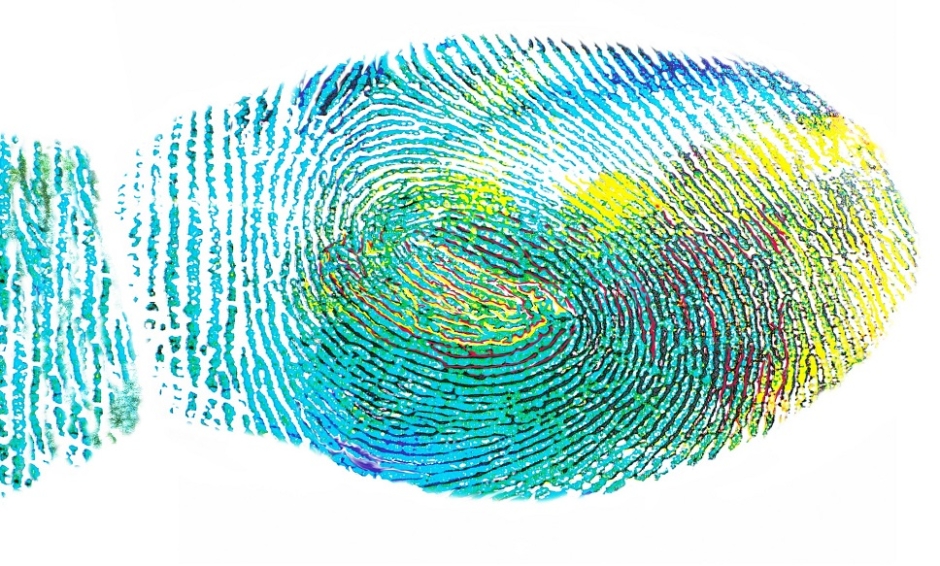A NEW technique for fingerprinting the shield of sugar molecules, called glycans, that surrounds the glycoprotein envelope of the HIV virus has been developed by researchers and it is hoped that this will increase the effectiveness of HIV vaccines.
A suitable target for a HIV vaccine is believed to be the glycoprotein envelope surrounding the virus, which holds the machinery needed for the virus to enter the host cell. However, glycans form a shield around the glycoprotein envelope that protects the glycoprotein envelope from attacking antibodies and helps conceal the virus from the immune system. It is therefore important for vaccine developers to be able to manage the glycan shields. This fingerprinting method is of utility as it analyses glycan patterns on the glycoprotein, which enables researchers to swiftly fingerprint the HIV virus and therefore determine if their vaccine development is proceeding along the right lines.
There are two main glycans that scientists need to distinguish between on the glycoprotein envelope: high-mannose glycans and complex-type glycans. This is the first technique that goes beyond identifying these, as it also identifies areas on the envelope that have no glycans present. The team have reported that there are fewer ‘holes’ than initially believed. The ability to discern these glycan-free areas will hopefully allow researchers to enable the immune system to detect the sites with no glycan shield and therefore produce neutralising antibodies that will attack the underlying envelope.
Summing up, the study leader, Prof James Paulson, Department of Molecular Medicine, The Scripps Research Institute (TSRI), La Jolla, California, USA, noted that: “The ability to identify the glycan fingerprint on HIV’s glycoprotein will help us develop a vaccine that matches what is found on the virus.” The team has also tested their fingerprinting technique on an influenza virus protein and believe that it can be applied to other viruses that have similar glycoprotein envelopes, which offers an opportunity for further study. Additionally, as this study took place with a HIV-like vaccine candidate, further investigations are planned with natural forms of HIV.
(Image: freeimages.com)







